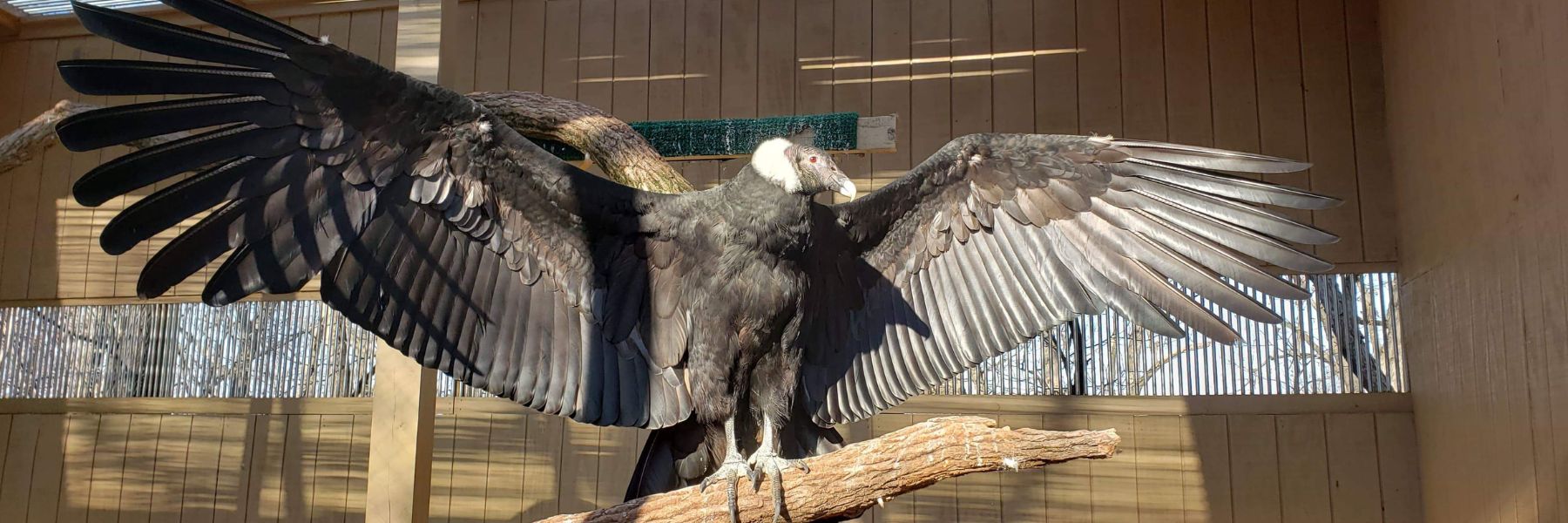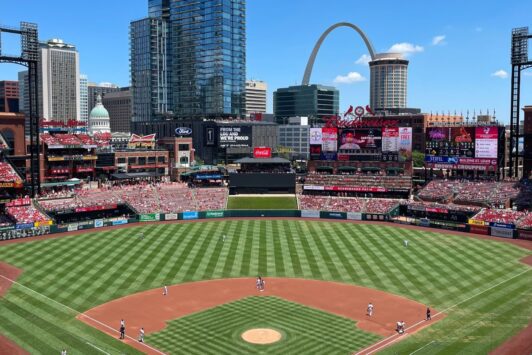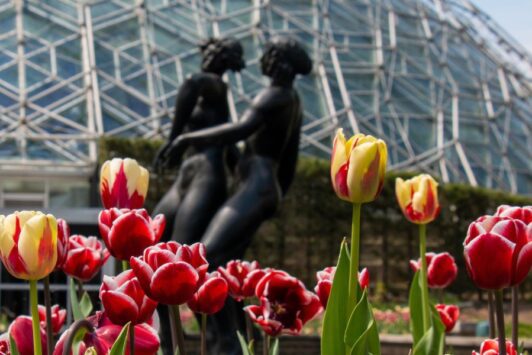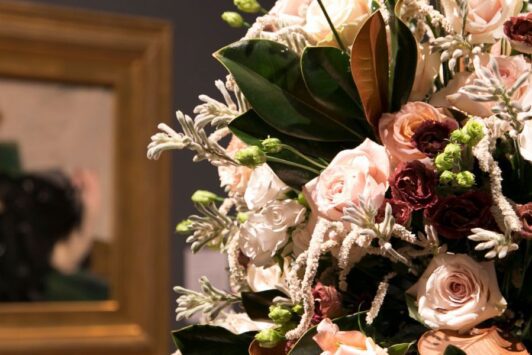Imagine a world where humans and birds live in harmony.
It seems simple, right? Unfortunately, it’s not.
Enter World Bird Sanctuary, which works tirelessly to protect and preserve all manner of winged friends through conservation, rehabilitation, education and advocacy.
World Bird Sanctuary was founded in 1977. At the time, the U.S. was having “problems” with birds of prey – particularly, bald eagles and peregrine falcons. “When I say problems, I mean, birds of prey were disappearing at an alarming rate,” CEO Dawn Griffard says, “but no one knew why.”
Today, we know that the culprit was DDT, a pesticide sprayed on crops, which seeped into the groundwater and eventually the streams, rivers and lakes where the birds drank. After ingesting DDT, the birds’ eggshells became too fragile to protect their babies, and for a long time, there simply weren’t any baby birds hatched.
“The alarm was sounded by average birdwatchers who realized that they weren’t seeing those birds of prey anymore,” Griffard explains. “Researchers got involved, and Walter Crawford, Jr. founded World Bird Sanctuary on the premise that there wasn’t a single rehabilitation center in the U.S. that focused on birds, especially birds of prey. We began rehabilitating birds and then releasing them back into the wild, and eventually, we started breeding birds of prey for release into the wild. We bred bald eagles and peregrine falcons, and today, we’re still monitoring those populations, along with making sure other populations don’t decline.”
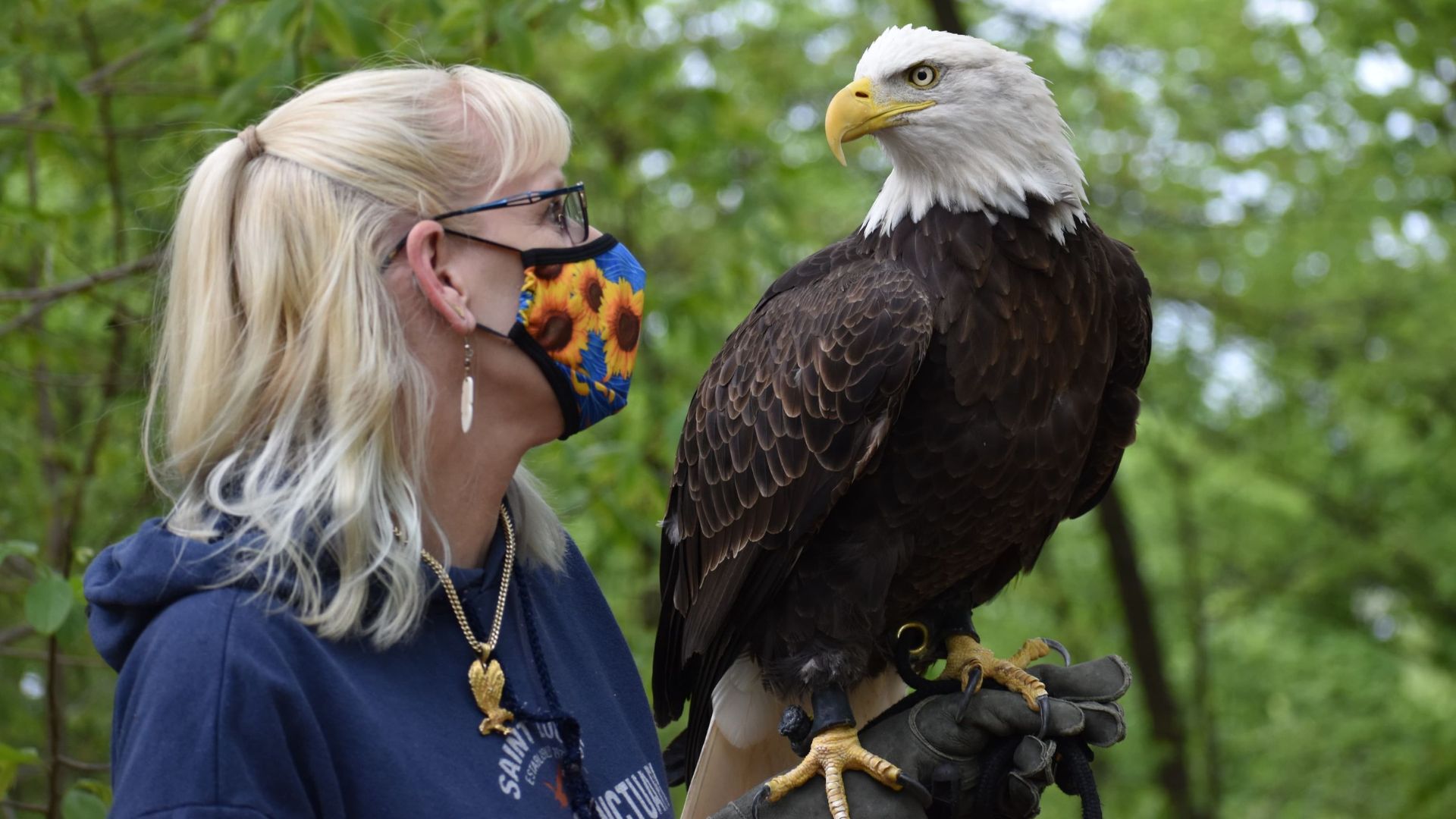
World Bird Sanctuary is committed to helping struggling bird species and doing everything that it can to make sure they don’t go extinct. Most recently, the sanctuary concluded its biggest propagation project in its history.
“In Missouri, the American barn owl was a species of concern and then an endangered species for quite a few years,” Griffard says. “From the mid-1980s to now, though, we bred and released more than 1,000 American barn owls, and recent studies show that they are no longer an endangered species in Missouri – they’re not even a species of concern in Missouri. We like to think that it’s because of the efforts of World Bird Sanctuary.”
Now that the project is finished, World Bird Sanctuary is teaching other organizations in neighboring states, where the American barn owl remains at risk, such as Tennessee, how to breed them for release into the wild.
“One of my main goals as CEO of World Bird Sanctuary is to bring in as many partner organizations as possible,” Griffard says, “because we can’t do it alone.”
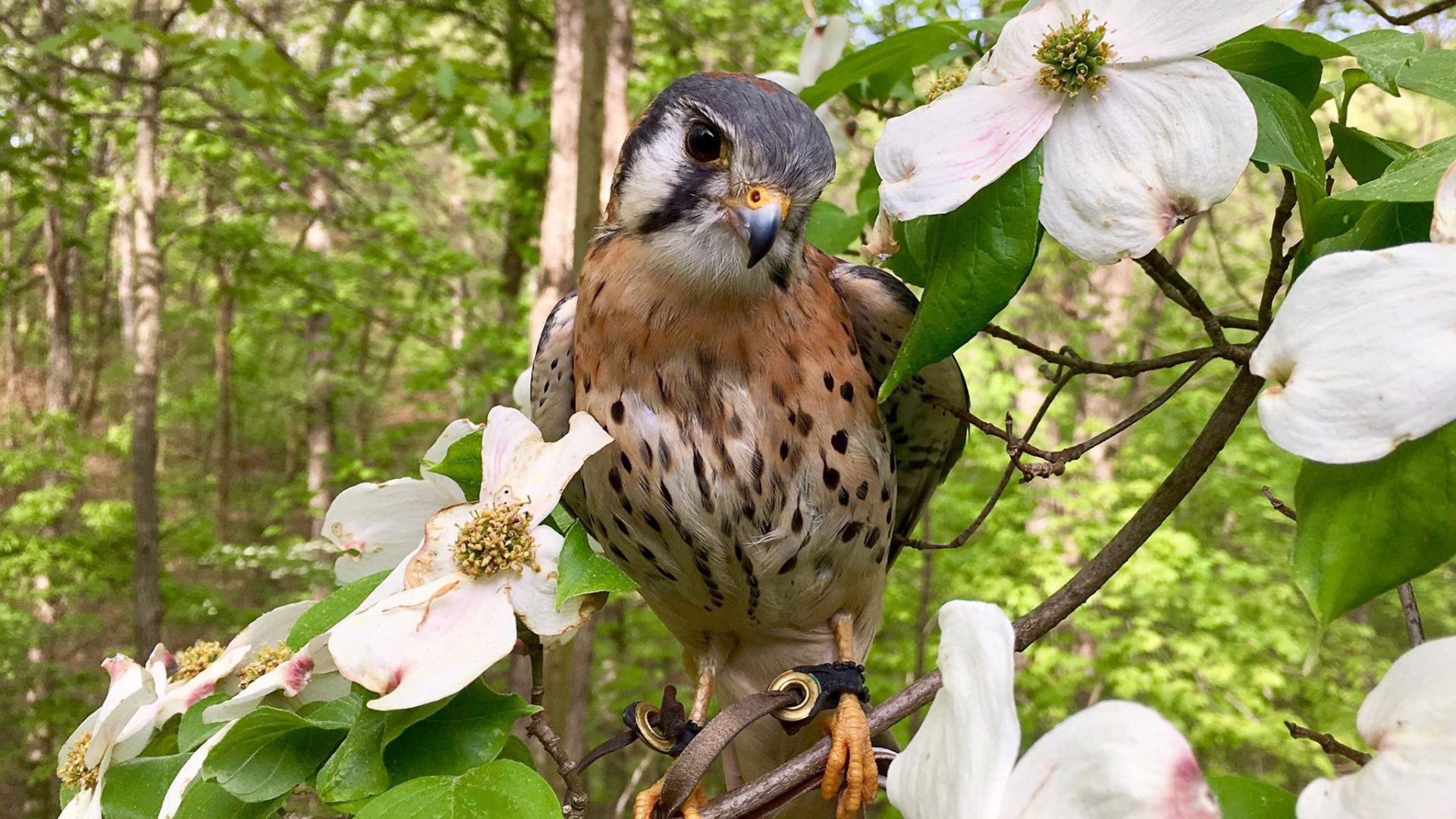
Because of its experience with American barn owls, World Bird Sanctuary, in partnership with Forest Park Forever, The National Great Rivers Research & Education Center, Saint Louis University, the Saint Louis Zoo and Washington University in St. Louis, is examining wildlife health, behavior and interactions in the mosaic of ecosystems throughout Forest Park as part of the Forest Park Living Lab initiative.
“The three-year initiative will monitor the daily lives of 12 remarkable species [including great horned owls and barred owls] that still exist within the growing urban environment,” Griffard says. “It’s important that residents and visitors alike understand that we’re sharing this space with wildlife, and we must make sure there’s enough biodiversity for them to breed, a big enough food web for them to eat and no diseases that endanger their populations.”
Hopefully, the results of the study will prevent the shrinkage of green spaces in St. Louis and beyond. “I think we can give insight into why places like Forest Park exist: This wildlife needs green space – and so do we. Parks connect us with nature, and if you take that away from people, they’ll lose their sense of self. Concrete and glass buildings don’t feed the soul.”
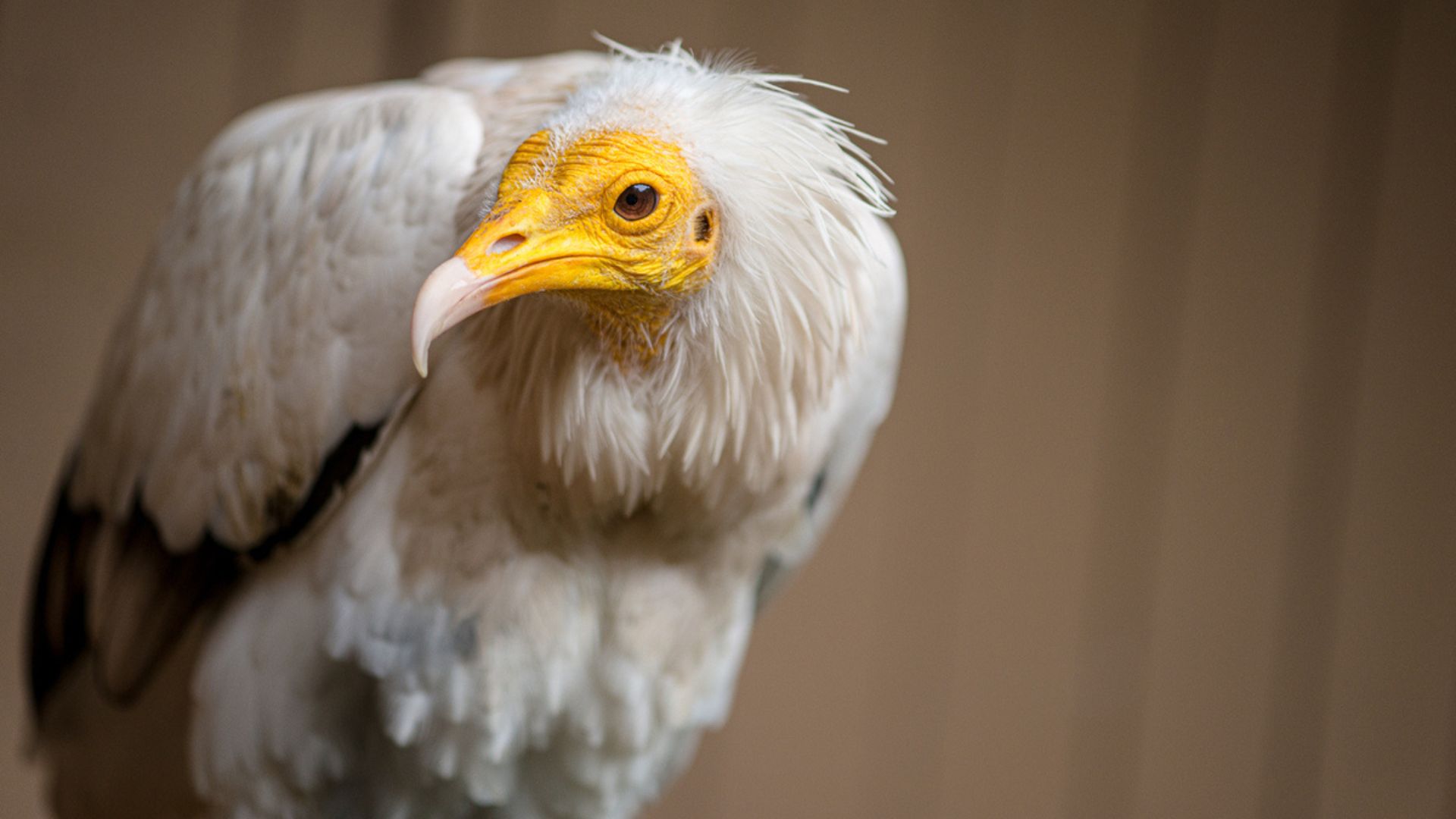
Currently, World Bird Sanctuary is also participating in ex situ conservation, which involves breeding outside of the native habitat of the birds. “Right now, in the U.S., every bird species of concern has someone looking out for it,” Griffard says. “So, we’re concentrating on vultures worldwide.”
Often depicted as ugly, gruesome creatures circling around the dead, vultures play a crucial role in the environments in which they live. More than lowly scavengers, they do the dirty work of cleaning up after death, helping to keep our ecosystems healthy and prevent the spread of diseases.
“The vulture population not only affects the environments in which they live; it also affects human health,” Griffard explains. “Let’s move abroad for a story. In India, there are three main species of vultures, and over the last 20 years, we’ve lost approximately 98 percent of the population – 98 percent! In this case, diclofenac, an anti-inflammatory drug used to treat cattle, was the cause. Since diclofenac wasn’t a cure, the cattle would still die, and the people of India would leave them where they fell, expecting the vultures to do their job like they have for centuries. As a side note, I have personally seen a group of vultures decimate a carcass in a couple hours.
“The coolest characteristic of vultures – and the most beneficial for humans – is their ability to neutralize deadly diseases due to the acid in their stomachs,” Griffard continues. “They can eat something tainted with any disease that’s deadly to humans, including anthrax, botulism and rabies, and they’ll neutralize it. No other animal on the planet can do that. That said, vultures can’t process diclofenac; so, they would eat the carcass that contained diclofenac, and they would be dead within five days. With the region’s vultures on the verge of extinction, the secondary scavengers – think rats, feral dogs and jaguars – moved in. The problem is, those animals don’t have the capabilities of vultures, and they started spreading diseases. As a result, India experienced an outbreak of rabies that killed more than 40,000 people a year and cost the Indian government more than $35 billion a year. The fact that vultures are dying across the globe is catastrophic.”
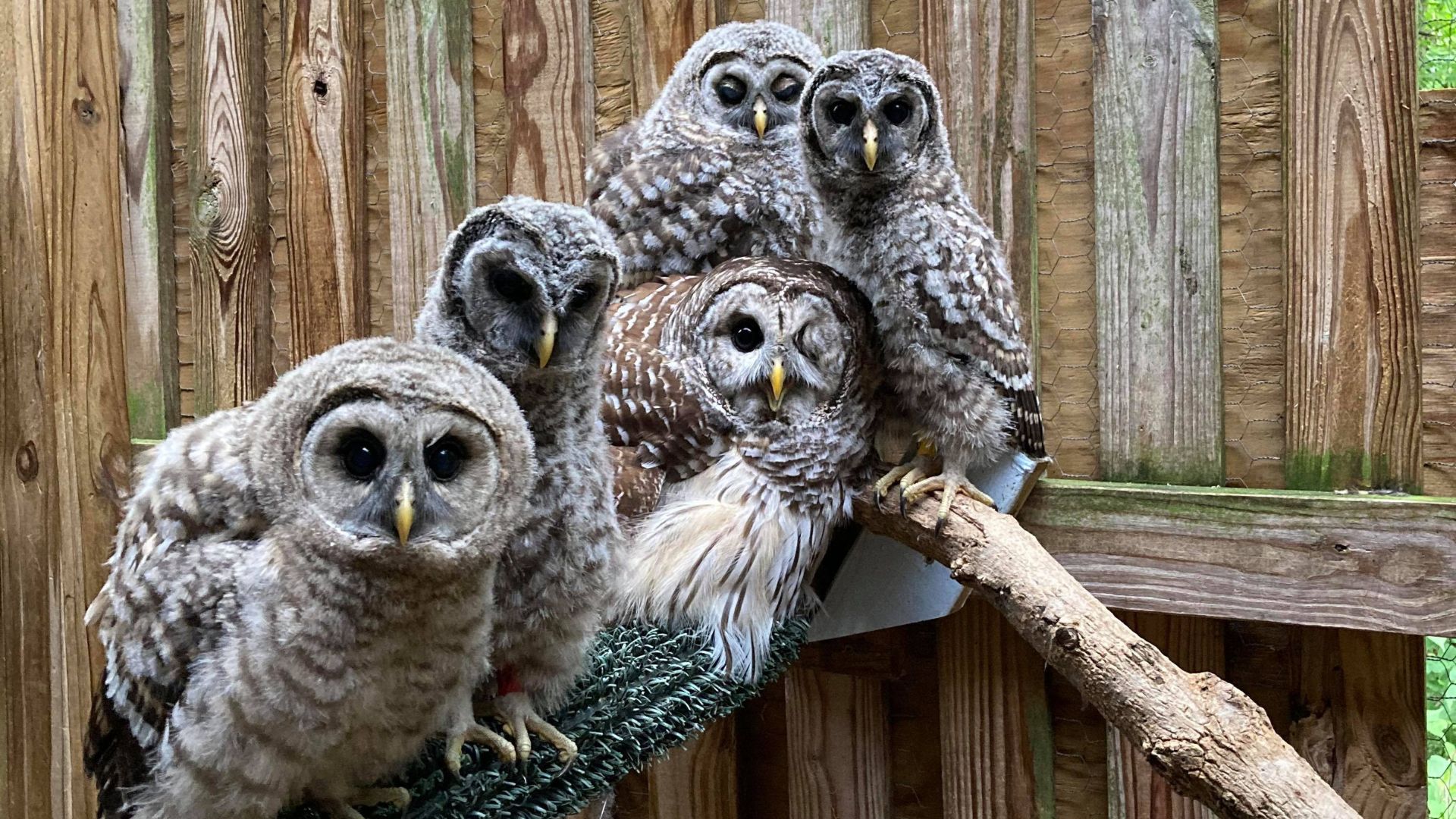
Vultures might not be as magnificent as amur leopards, mountain gorillas, polar bears and black rhinoceroses, but they’re key to preventing a human health crisis, which is why World Bird Sanctuary is focusing its conservation efforts on them. “Vultures, like all birds, are worth saving,” Griffard reiterates. “I can’t say that enough.
“If we take care of birds instead of using pesticides, we shouldn’t have a problem with pests,” she continues. “Birds can eat 400 to 500 million tons of insects a year, while a single barn owl can eat 1,000 mice a year. Birds also pollinate approximately 5 percent of the plants that humans use for food and medicine, and the guano of seabirds has a fertilizer effect in tropical marine ecosystems, including coral reefs. Birds are also the clean-up crew, as I mentioned. Over its lifetime, one vulture provides waste-disposal services worth approximately $11,600. I could go on and on about the benefits of birds.”
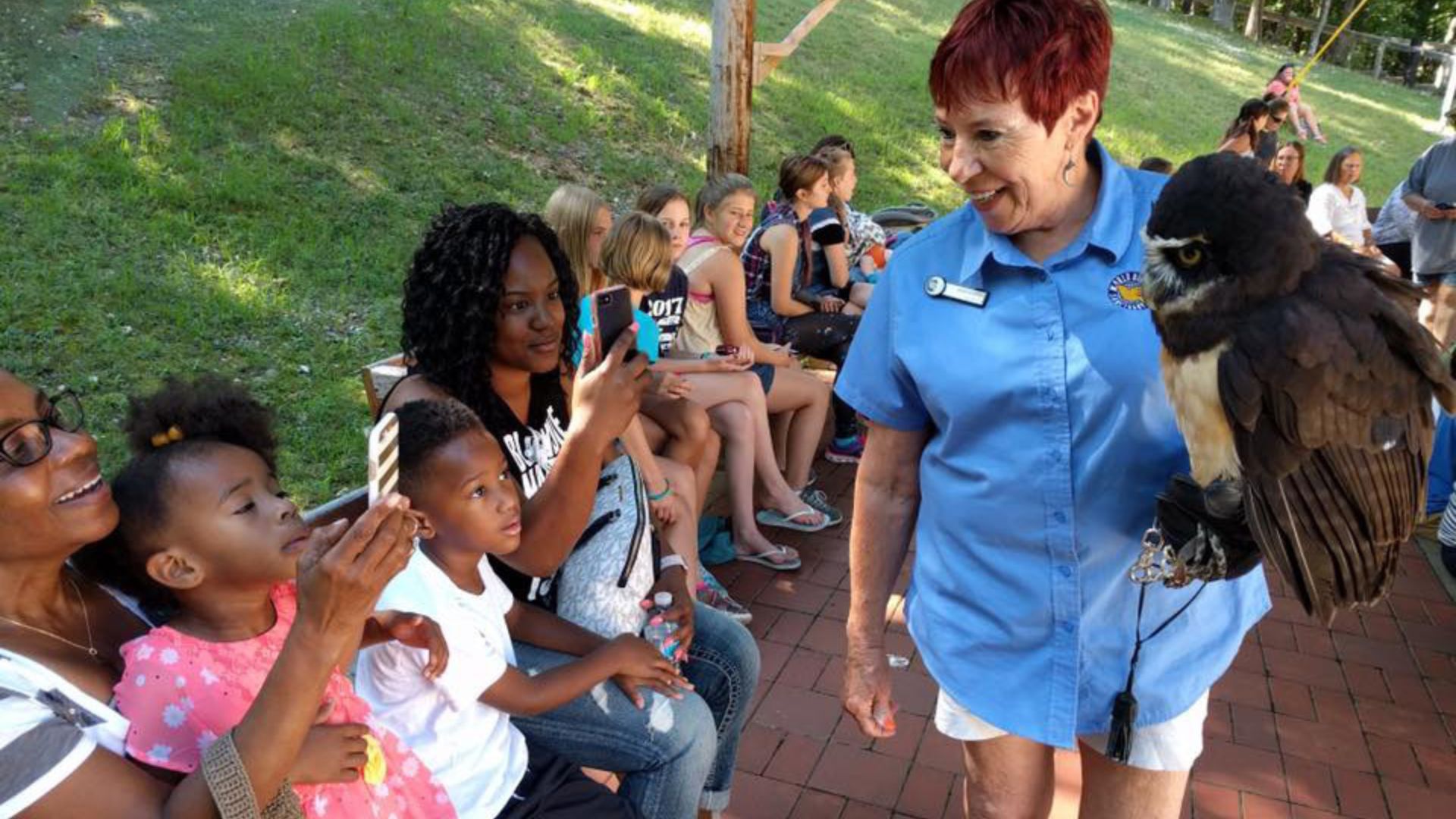
As part of its education efforts, World Bird Sanctuary introduces children at their most impressionable age to the significance of nature and the importance of taking care of the environment, including the birds that live in it.
“Not everyone can rehabilitate a red-tailed hawk in their backyard,” Griffard says, “but you can conserve water and electricity, grow native plants to feed birds, make your windows bird-safe and keep your cats inside.”
At World Bird Sanctuary, which encompasses more than 305 acres of hardwood forest and houses more than 200 birds, visitors can learn more about our feathered friends in a one-of-a-kind wildlife experience. Meet a proud eagle, talk to a colorful parrot, encounter an emu and learn to appreciate, you guessed it, vultures. The sanctuary’s crows and ravens even put on a show that teaches kids to recycle.
“We try to deliver serious messages in fun ways,” Griffard says. “By exposing kids to birds at a young age, we’re dispelling their fears and doubts. So many kids live in concrete jungles; we’re introducing them to nature and getting them comfortable with wild animals such as birds. Who knows from where the next great naturalist will come? It could be a kid who visits World Bird Sanctuary.”
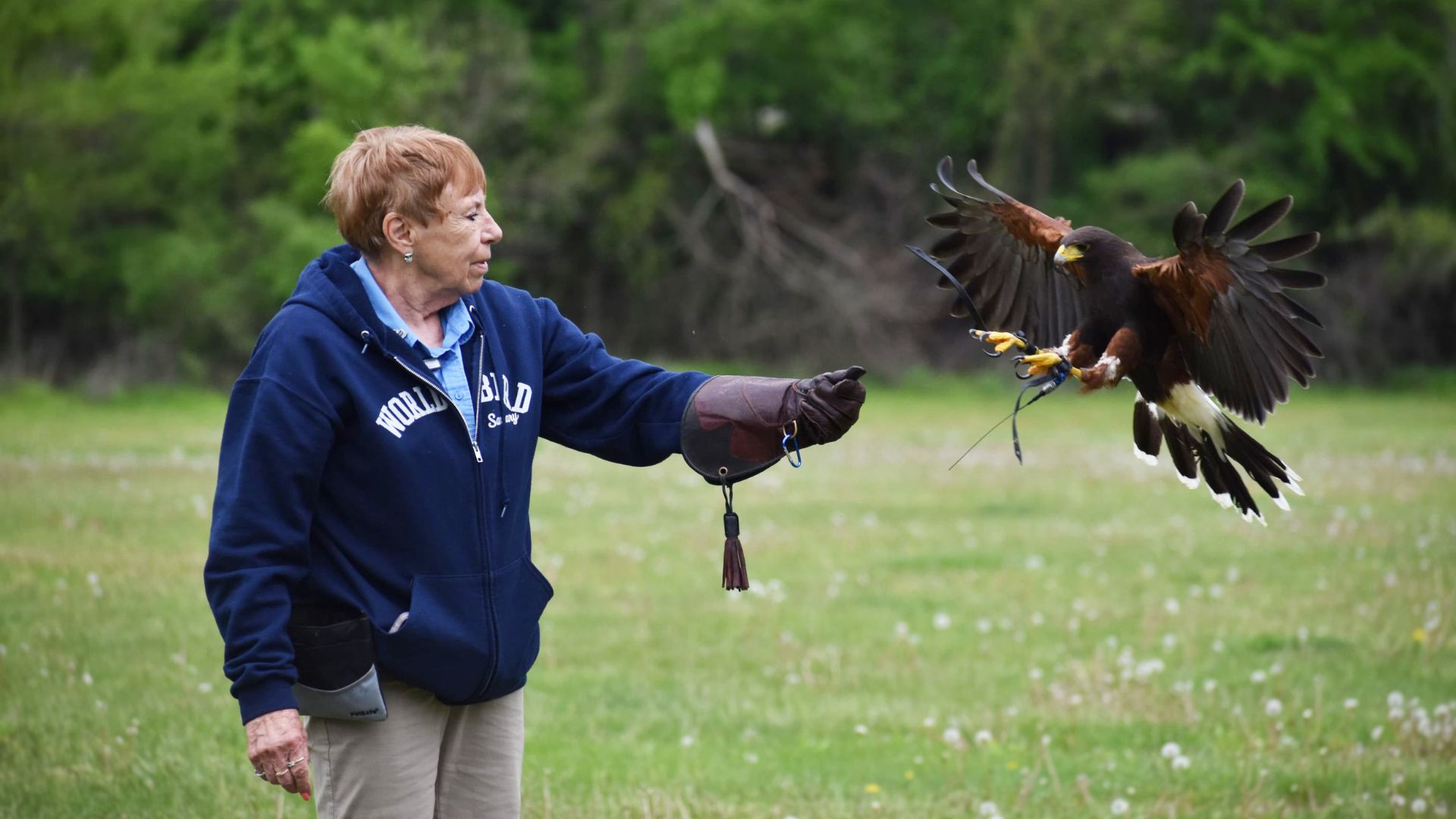
The sanctuary also boasts birds that you can’t see anywhere else in the U.S. “When a bird is brought across the border illegally, the federal government calls us to see if we can place it,” Griffard explains. “Unfortunately, once birds have been placed in human care, they can’t be released back into the wild. Through this process, we acquired Chris, a long-crested eagle. He’s been with us for 30 years, and I must say, he’s very spoiled. [Laughs] We also have the only bearded vulture in North America. Her name is Sophia, and she’s waiting for her mate right now.”
All the birds at World Bird Sanctuary have a purpose. “We don’t acquire birds just because they’re cool,” Griffard says. “Every bird at the sanctuary has a job.”
Jobs might include breeding, participating in education programs or being on display. Every bird works for six months a year and then takes off the other six months. “We don’t let our staff get burned out,” Griffard says, “and we don’t let our birds get burned out either.”
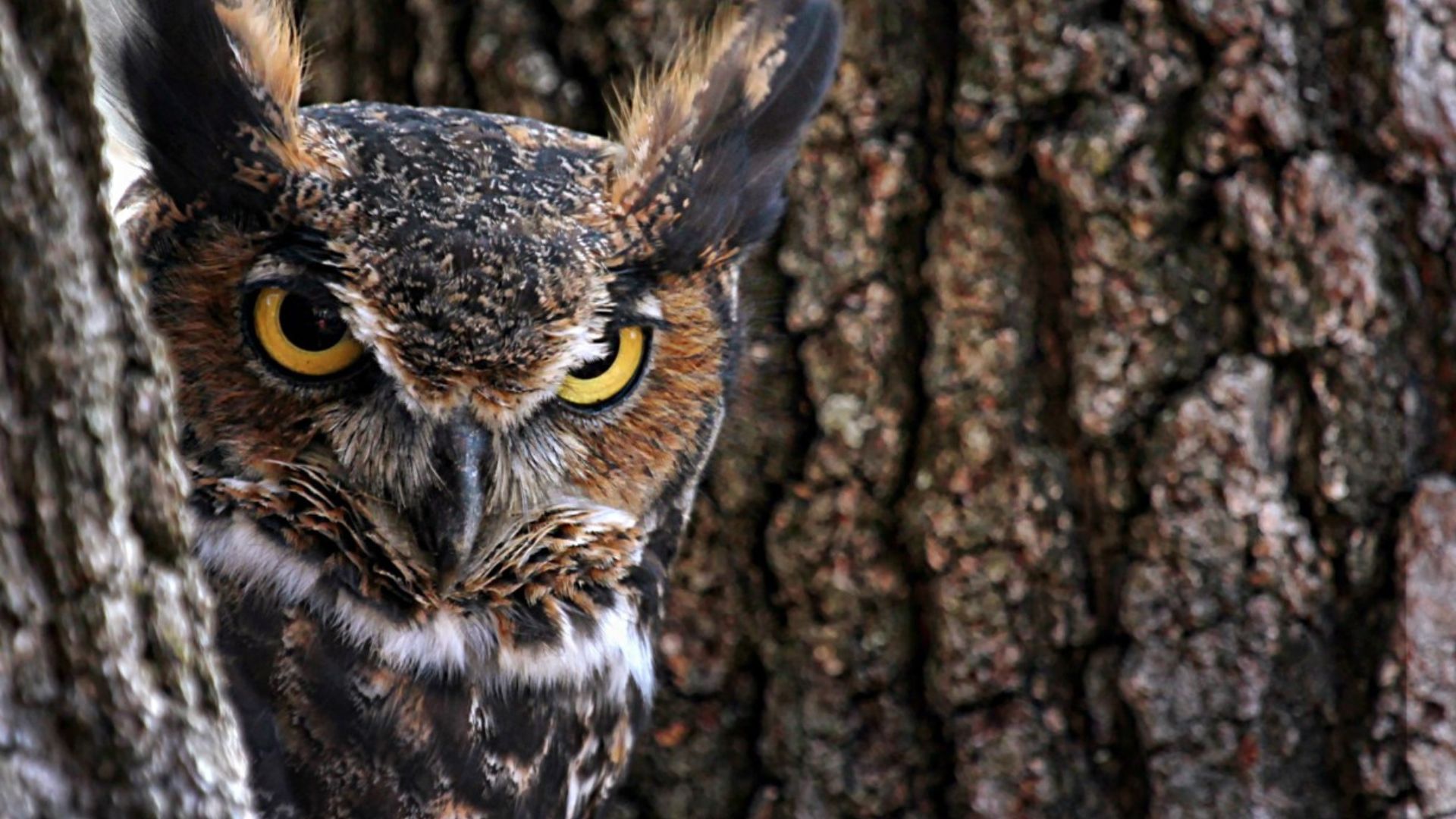
This is one St. Louis attraction that you shouldn’t miss, and we recommend planning ahead to join a guided tour. Dark winter nights are the perfect time to join one of the Owl Prowls, for instance, where you can meet the amazing birds that fly by moonlight.
Held on select evenings from November through March every year, Owl Prowls offer an exciting opportunity to learn more about the intriguing life of owls from a local naturalist. Come face-to-face with live owls, take an easy night hike across the grounds and try to call to an owl in the wild. Hoot. Hoot.
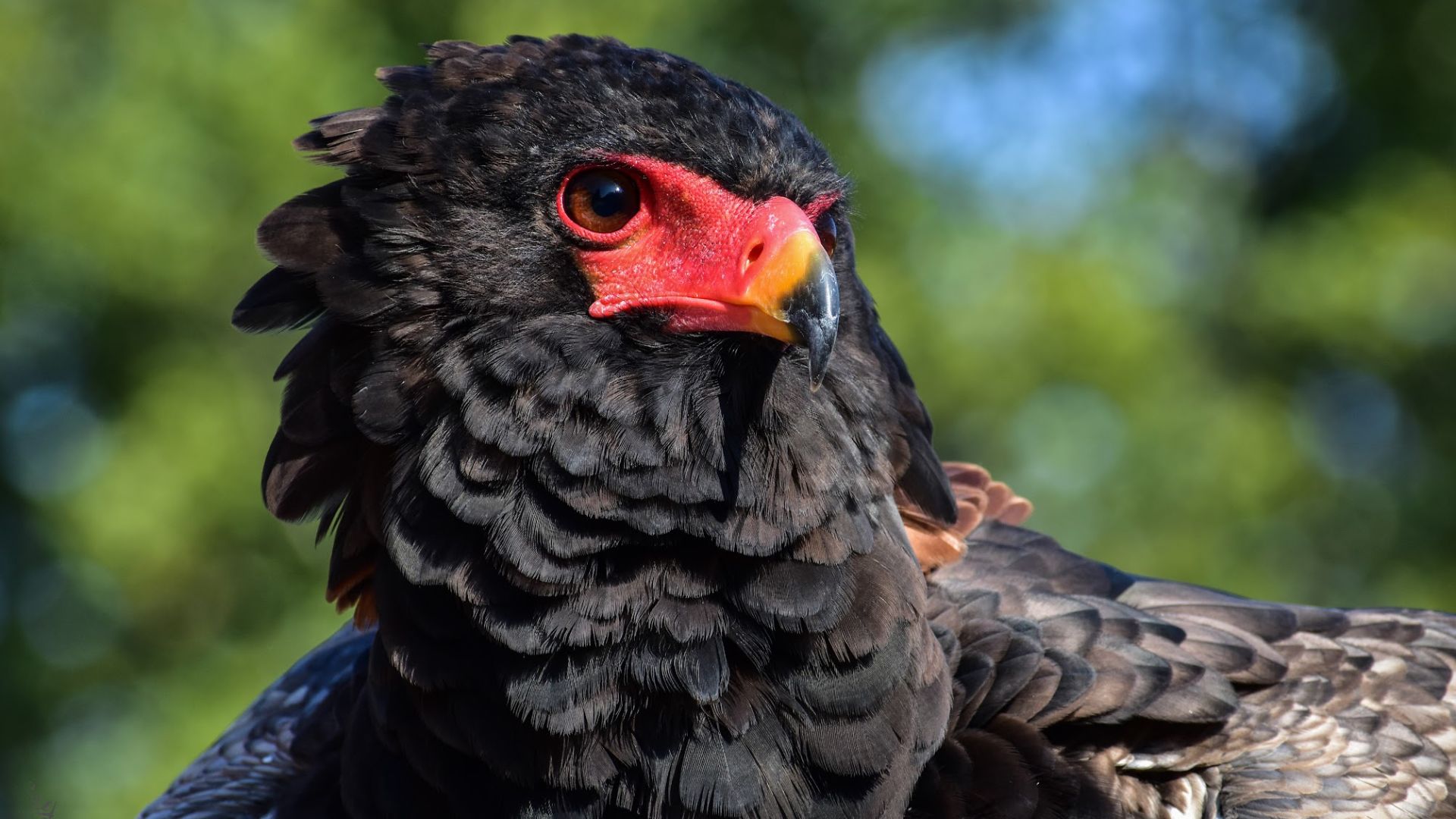
Passion is palpable at World Bird Sanctuary. Here, you can learn about birds’ vital role in our lives – and you might learn to love them as much as the staff and volunteers.
“I love the birds,” Griffard gushes,” and I love the challenge of preserving and protecting them. We give it everything that we’ve got, aiming to solve our mission, and hopefully, one day the World Bird Sanctuary will be out of business.”



